The construction industry is dealing with another safety challenge as wildfires in Washington State, Oregon and California have blanketed British Columbia in a thick blanket of smoke.
WorkSafeBC spokesperson Barry Nakahara said the bad air conditions are an added hazard for the industry with less room to manoeuvre than other safety concerns.
“Wildfire smoke can be challenging because employers don’t have direct control over conditions like they do with many other aspects of the worksite,” Nakahara said.
“We rely on air quality advisories and the B.C. Centre for Disease Control (BCCDC) puts out advisories on minimizing exposure to wildfire smoke.”
While the BCCDC recommends mitigating smoke exposure by staying indoors and reducing physical activity, Nakahara said construction work is more complicated.
“It’s a particular challenge for construction because there is no indoors. But much like heat, there are things you can do to manage the workload,” he said.
“Workers can try to choose or plan work to reduce or hold off on really heavy, strenuous stuff while working hard in a smoky environment.
“Every risk that affects workers has to be managed and this one is no exception. Some people are more susceptible to this type of situation and workers with preexisting conditions have to speak with doctors and employers,” he advised.
“Flaggers also spend a lot of time outdoors. Avoiding strenuous work can be an option and breaks should be allowed where they can sit in a climate-controlled vehicle to minimize exposure.”
He added employers could also let employees hold off for a day if they’ve already been exposed to smoke to give them time to recover.

While worksites are already dealing with the COVID-19 pandemic Nakahara said the use of personal protective equipment (PPE) can mean employees may already have a layer of protection on hand.
“PPE such as an N95 mask can be effective to reduce exposure and those same respirators will protect against the risk of COVID-19. We would advise that surgical masks don’t necessarily protect against fine particulates (in the air),” he said.
WorkSafeBC is pointing people to resources already available “so they can see the info that’s out there and digest it,” Nakahara said.
“We have a bulletin on our site addressing frequently asked questions about wildfires and the BCCDC and the provincial government have air quality advisories which are good resources and provide guidance to everyone as to how bad the situation is at any given time and what action should be taken.”
The July 2017 WorkSafeBC bulletin recommends inspecting HVAC systems and filters, reducing outside air intake and using individual HEPA filter air cleaners when working indoors.
A “clean air refuge” with a portable HEPA filtration unit and closed windows is recommended for those required to work outdoors.
Nakahara said as wildfires and other climate events increase in frequency WorkSafeBC and other agencies are working together to address risks and concerns.
“Over recent years with recurring wildfire challenges work has been ongoing from a public health perspective, ranging from how can this be managed to what should be done to improve how we work with these situations because they’re now tough to avoid,” he said. “There are collectively a number of agencies working and thinking about this problem.”


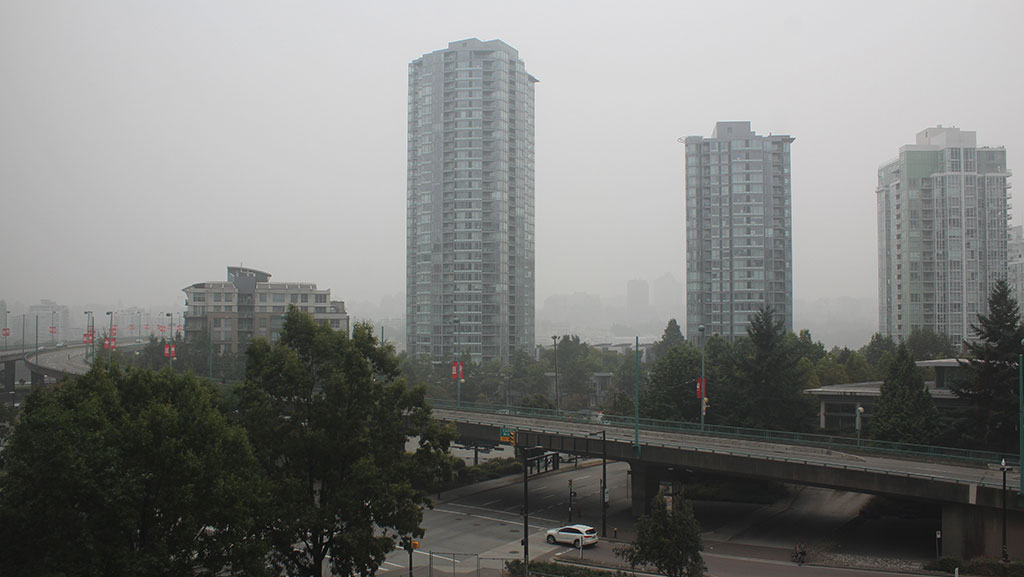

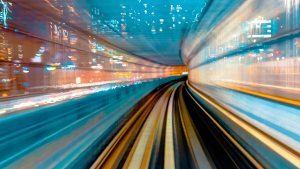

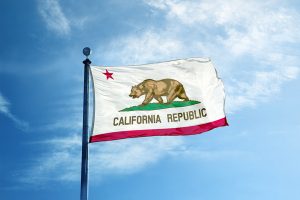


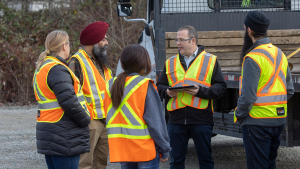
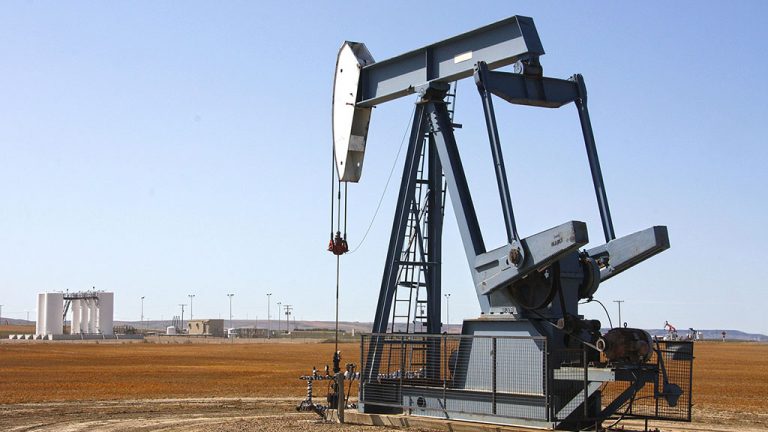
Recent Comments
comments for this post are closed